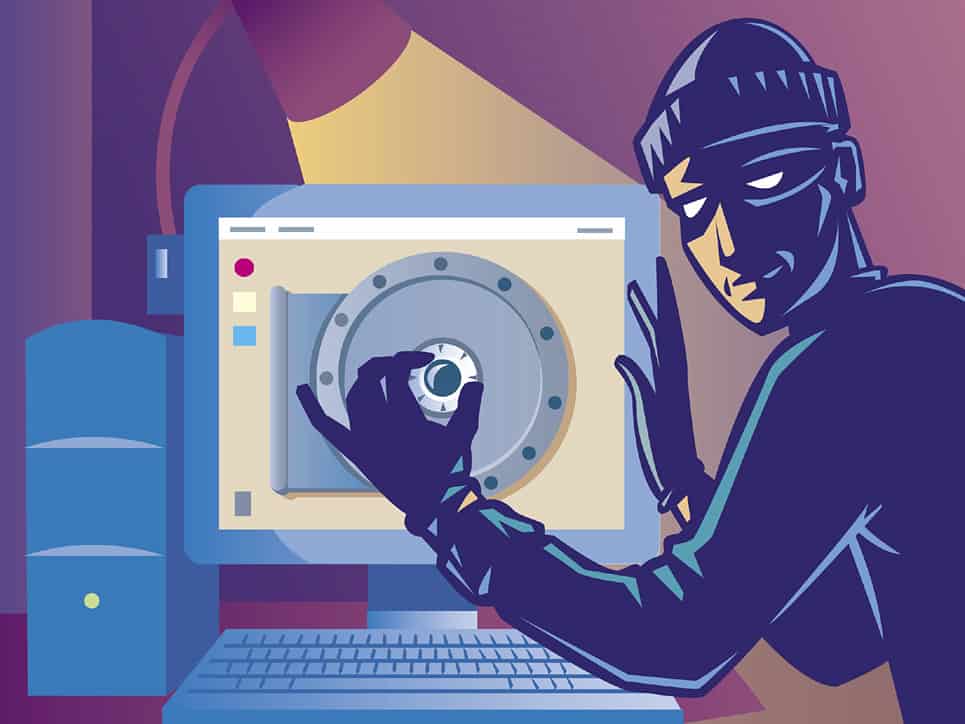
Regardless of the specific nature of your business or organization, prioritizing cybersecurity is essential. It’s nearly impossible to calculate the true cost of a cyberattack, given that cyberattacks can harm customer trust, disrupt operations, allow hackers to steal valuable intellectual property, and much more.
You can protect your business by, among other steps, ensuring your website is as secure as possible. This is one of many reasons it’s important to hire reliable experts when choosing a website development team.
However, even after your website has been created, there are essential steps you can take on your own to maintain and improve its security. They include the following:
Train Employees
It may not be necessary or advisable to give all your employees login access to your website. That said, you likely should provide access to at least some high-level employees if your business reaches a certain size. You can’t be the only one responsible for completing tasks that require back-end access.
Before providing employees with access, make sure said employees are thoroughly familiar with your cybersecurity policies and guidelines. Typically, when an employee with access to your website logs in to your CMS, they aren’t considering security issues. They’re more inclined to focus on the task in front of them.
This can put your website’s security at risk. Again, although it will certainly make sense to provide certain employees with CMS access, you need to choose wisely when deciding who should and shouldn’t have access, and you need to train them to prioritize cybersecurity and identify any potential warning signs of a cyberattack.
You also need to keep track of who has access! It’s easy to overlook this critical detail. As your business grows, you’ll benefit from having an up-to-date list of employees who have website CMS access.
Additionally, you might consider giving employees limited temporary access instead of allowing them to access your back-end indefinitely. If an employee needs access to complete one particular task or project, but likely won’t need regular access in the future, create a separate account for them and delete it once they no longer need access.
Prioritize Updating Software and Plugins
Many business owners don’t update their websites’ software and plugins as soon as they become available. Often, this is because they don’t appreciate the value of doing so.
Updates don’t just improve the basic functionality of software. It’s not uncommon for updates to address vulnerabilities and security gaps that were identified in older versions of a plugin or software. By updating your website’s software accordingly, you’ll ensure maximum protection.
Enforce Password Policies
You likely already appreciate the value of creating strong passwords. It’s much more difficult for a hacker to access your back-end when your passwords consist of at least eight characters, contain various types of characters, and haven’t been recycled.
Just remember that it’s not enough to personally create difficult-to-hack passwords. You also need to actively enforce your password policies throughout the entire organization. Invite IT team members to explain the importance of creating strong passwords during employee training sessions, ensure weak passwords are rejected when employees try to use them, and consider requiring that employees update their passwords periodically.
Scan for Malware
This is another tip that many business owners forget to keep in mind when assessing website security. In some instances, other devices may need to be plugged into your network. This can result in security breaches or similar problems if those devices are infected with malware. Guard against such consequences by ensuring a device is scanned for malware every single time it’s to be plugged into the network.
Once more, when first creating your business’ website, it’s also crucial to work with experts who will develop a site that not only impresses users, but remains secure. You simply need to remember that maintaining your website’s security after the development process ends is among your key responsibilities. These tips will help.